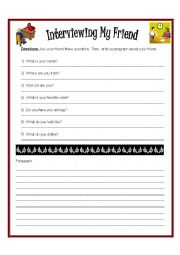
|
Interviewing a Friend
This is an interview guide with space for writing a paragraph about the interview.
Level: elementary
Age: 8-17
Type: worksheet
Downloads: 15
|
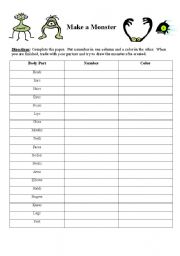
|
Make a Monster: Body Parts and Colors
The students use this worksheet to practice body part vocabulary. After completing the worksheet, they trade with a partner and then attempt to draw the monster that their partner created. This activity is a great way to introduce and/or review body vocabulary because they have to interact with the vocabulary multiple times. Of course, the best ...
Level: elementary
Age: 8-17
Type: activity-card
Downloads: 14
|
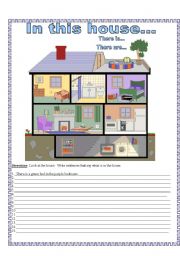
|
In this house
This helps students practice their writing using there is, there are, and vocaulary having to do with the home.
Level: elementary
Age: 10-17
Type: worksheet
Downloads: 14
|
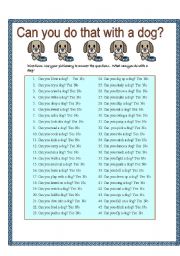
|
Action Verbs: Can you do that with a dog?
This is great for students to practice verbs. It was designed to be used in a unit with Katiana�s pictionary at http://www.eslprintables.com/printable.asp?id=174112#thetop
Level: elementary
Age: 10-17
Type: worksheet
Downloads: 13
|
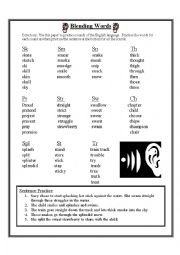
|
Blending Sounds
This helps students learn to blend sounds in the English language as they speak and read. Use this worksheet to practice and repeat sounds and sentences with special phonics.
Level: elementary
Age: 8-17
Type: activity-card
Downloads: 12
|
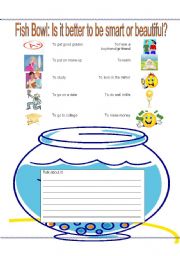
|
Fish Bowl: Is it better to be smart or beautiful?
Here�s another fish bowl. I have uploaded the instructions, another fish bowl activity (how was your weekend), and this one. If you all like it, I will upload some more. Happy fishing ;)
Level: elementary
Age: 10-17
Type: activity-card
Downloads: 11
|
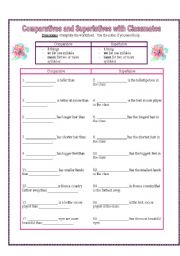
|
Compare your classmates!
Introduce or review comparatives and superlatives with this interactive worksheet. The students can work in groups, by themselves, or walk around the room as they decide answers and compare themselves to one another. A great worksheet to break things up a bit!
Level: elementary
Age: 12-17
Type: worksheet
Downloads: 11
|
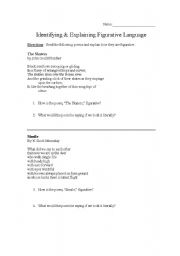
|
Teaching Figurative and Literal Language
These are three worksheets that I use to teach students how to differentiate between literal and figurative language. One of the worksheets asks the students to create visual cues to show an understanding. The other two worksheets use poetry to show the difference between literal and figurative language.
Level: advanced
Age: 13-17
Type: worksheet
Downloads: 9
|
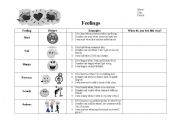
|
Feelings worksheet
This worksheet helps students understand and practice the feelings mad, sad, happy, lonely, nervous and jealous.
Level: elementary
Age: 12-17
Type: worksheet
Downloads: 9
|
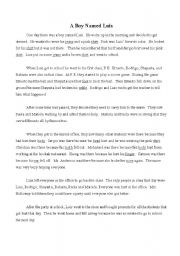
|
Short Story: Clothes and Body Parts
I wrote this to help students practice clothes and body parts while also working on their reading comprehension. I would recommend changing the students names so they reflect your students.
Level: elementary
Age: 10-17
Type: reading
Downloads: 8
|